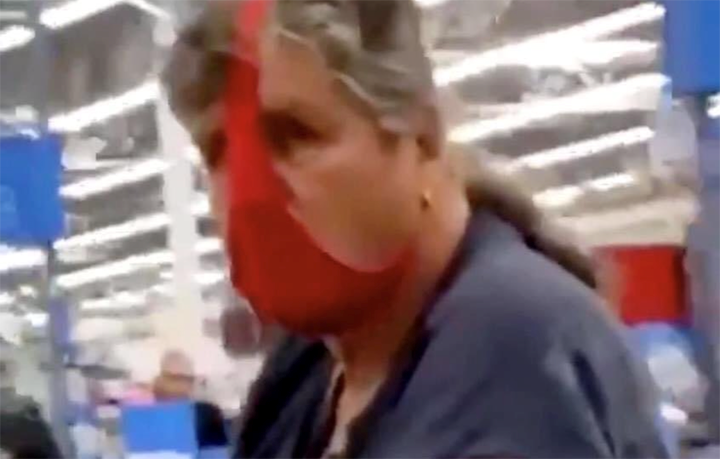Our knowledge of COVID-19 and how it spreads continues to evolve. Now that we’ve entered our second wave, let’s clear up four endemic COVID confusions.
Bursting Bubble Confusion
Many of my patients, the general public and even some health-care providers have been confused by the advice to keep our bubbles small.
Does this mean it’s safe to interact as usual (without physical distancing or masks) with a small number of friends, relatives and colleagues?
Though knowing who you are seeing socially makes contact tracing easier after one of you is diagnosed with COVID-19, you are still at risk for getting infected and passing it on if all of you are not maintaining careful hand hygiene, distancing and masking.
Meeting up with a few friends in a restaurant or social event may seem safe, but if you are not appropriately distanced (two-metres apart), you will have exponentially expanded your exposure risk.
In effect, you are merging all the social bubbles of each person in the group.
It’s analogous with sexual intercourse and the risk of sexually transmitted diseases and pregnancy. An orgy is a higher-risk event than connecting with one person at a time, but if you are not using adequate protection and sticking with one trusted partner, you are effectively sharing your infectious risks with each contact – and everyone with whom each has slept, eaten and talked.
COVID Testing Fallacy
We’ve seen the folly of the White House’s approach to infection control. Trump and his staff continued to interact without masks or distancing and relied on frequent testing.
A positive test again is great for retrospective contact tracing but the horse has left the barn. It is insufficient to prevent the spread and the serious impact of this potentially deadly infection.
This again is analogous to unsafe sex.
You shouldn’t rely on repeated pregnancy and COVID tests. They may only tell you that you’re not in trouble yet. And like a pregnancy test done too early, you may get a false negative - a false sense of security when in fact you are in trouble.
When you do a COVID-19 test, you will be told that there is an approximately 30% chance that the test comes out negative even if you do have an infection.
You would be told to continue to self-isolate until your symptoms resolve and to contact a health-care provider if those symptoms continue or worsen.
Frequently, those ultimately diagnosed with COVID-19 have had negative tests earlier in their infections.
The Myths of Masks
Masks have been proven to reduce the spread of COVID-19.
A well-fit mask covering both your mouth and nose does protect you to some extent. But don’t allow it to give you a false sense of security. You should still maintain a safe distance from others and clean your hands carefully.
Your mask is better at protecting you from passing infected respiratory droplets to others than from protecting you from others. If others are also wearing masks, your personal risk is significantly reduced. If you maintain a safe distance, your risk is even lower.
That’s why wearing a mask sends a message to others.
Knowing that any of us can have no symptoms early in the course of an infection, wearing a mask says to others, “I’m protecting you.”
Beware of the masks with valves. These were originally designed to protect industrial workers from inhaling small toxic airborne particles. Masks with valves are not used in the medical setting because the valves are one way. You can still exhale your infectious respiratory droplets through that valve.
When I see someone with a valved mask, they are sending me much different message, “I’m just protecting myself but not others; you should keep a safe distance away.”
A Little Claustrophobia is a Good Thing
Though respiratory droplets are the main way that COVID-19 is spread, there have been cases of airborne transmission: smaller particles can stay in the air for longer periods of time.
That’s why we should avoid interacting with others (outside of our small bubbles) in small, enclosed areas for extended periods of time, such as in a car or small room.
That’s why your doctor is doing mainly video and telephone consultations with you and why in person clinic visits are limited to shorter periods of time and only when absolutely necessary.
Please share the evolving facts about COVID-19 with your family and friends, we all need to keep each other safe – especially the more vulnerable in our community.
Dr. Davidicus Wong is a family physician. His Healthwise Column appears regularly in this paper. For more on achieving your positive potential in life, read his blog at davidicuswong.wordpress.com.



